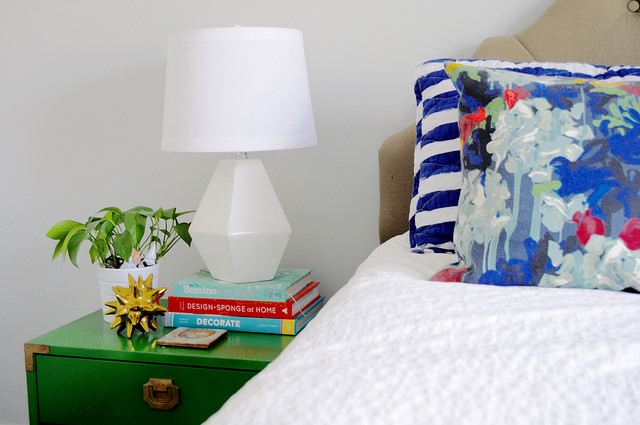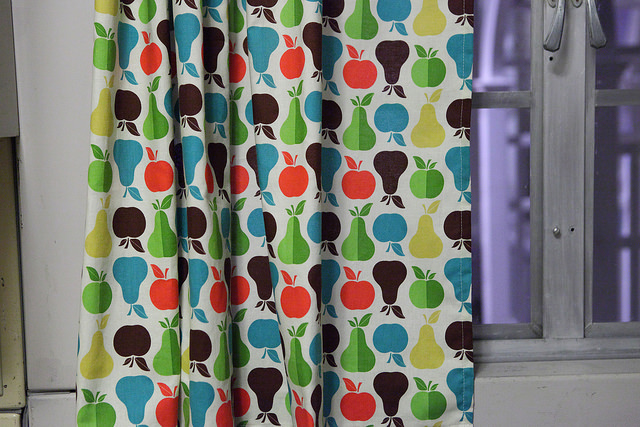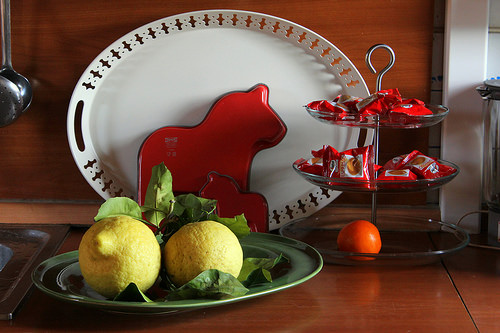Whether you recently invested in a brand-new sofa or you've had your furniture for years, everyone wants to keep their furniture in top condition. Here are some smart tips that will prevent sags, tears, and other common furniture issues in your home.
- Flip your cushions frequently. To keep your cushions from getting too flat, make sure that you flip them frequently. You can use this trick on chairs, sofas, and anything else with a removable cushion.
- Turn your mattress. Prolong the lifespan of your mattress by flipping it every six months or so. This will help to keep the springs in place and avoid placing weight on the same spot every night.
- Keep wood furniture away from heat and sunlight. Wood is very durable, but when it comes to sunlight, things can start fading fast. Try to arrange your hardwood furniture so that it's not in the path of direct sunlight, and avoid placing wooden pieces near a heater to prevent warping.
- Take coasters seriously. You may think of coasters as a bit of an annoyance, but when it comes to preserving the life of your wooden tables, they're actually very important. Keep a few coasters on hand so that your cold beverages don't make rings on wood surfaces.
- Only use oil soap for wooden furniture. Cleaning your wooden tables and chairs with any old cleaner may damage their surfaces. Instead, always clean these pieces with oil soap diluted with equal parts water.
- Dust frequently. It may look harmless, but dust can damage the inside of your rugs, sofa cushions, and on top of wooden shelves and tables. Make sure to take cushions outside and give them a good beating to shake out the dust, and frequently dust wooden pieces using a gentle feather duster or an old rag.
Caring for Furniture [HGTV]




 Equal Housing Opportunity
Equal Housing Opportunity